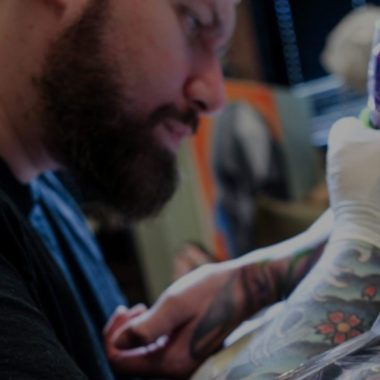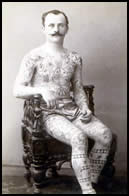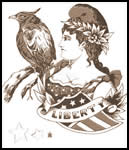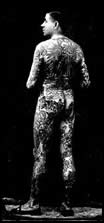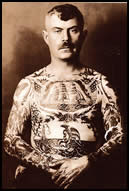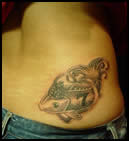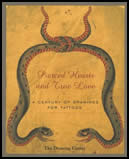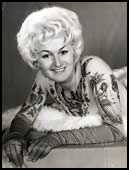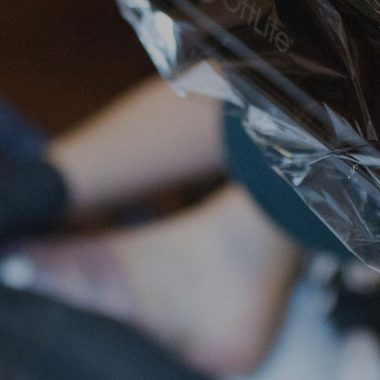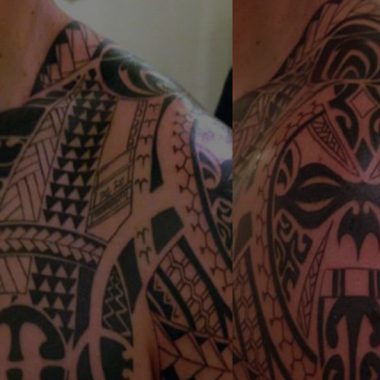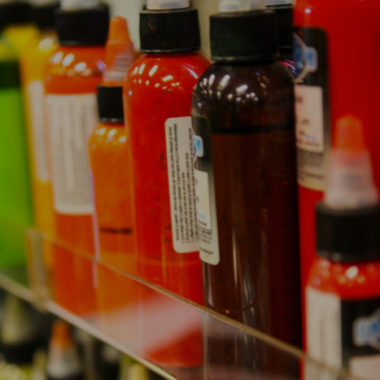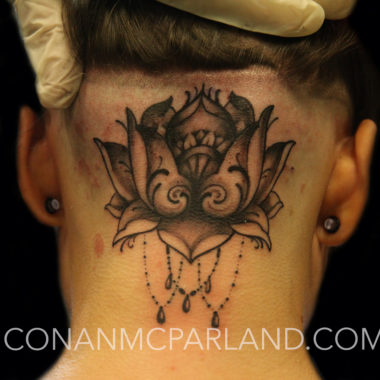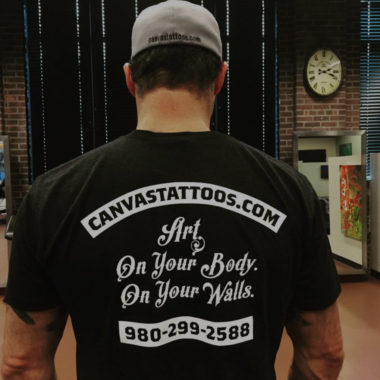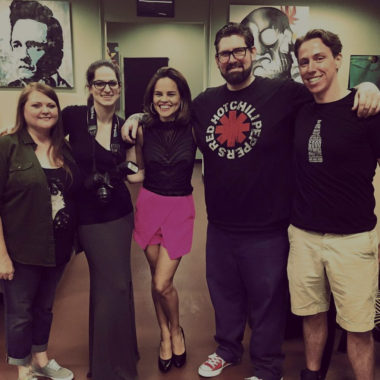15 Charlotte Tattoo Artists You Should Be Following on Instagram
By
Admittedly, I’m not a tattoo person, but it’s not because I don’t think they can’t be over-the-top cool – it’s because I can’t stomach committing to something that permanent.
These artists, well-known and respected in the Charlotte tattoo scene, though? They might make a girl think again.
@alextattoosnc
Who: Alex Santaloci
Studio: Canvas Tattoos, 201 West Morehead Street
Followers: 1,700+
@christoler
Who: Chris Toler
Studio: Seventh Sin Tattoo Company, 927 Central Avenue
Followers: 33,500+
@jake_thorsell
Who: Jake Thorsell
Studio: Fu’s Custom Tattoo, 3200 North Davidson Street
Followers: 6,100+
@jasonhanna_mtl
Who: Jason Hanna
Studio: Made To Last Tattoo, 129 North Poplar Street
Followers: 3,400+
@jordanstattoos
Who: Jordan Matchin
Studio: Divine Arts Tattoo, 10915 Monroe Road
Followers: 2,290+
@justinjohnson_tattooer
Who: Justin Johnson
Studio: Fu’s Custom Tattoo, 3200 North Davidson Street
Followers: 2,100+
@lazers_spikes
Who: Matt Terry
Studio: Fu’s Custom Tattoo, 3200 North Davidson Street
Followers: 870+
@leegreenetattoos
Who: Lee Greene
Studio: Immortal Images Custom Tattoo Studio, 3750 Monroe Road
Followers: 1,760+
@littlejennsmall
Who: Jenn Small
Studio: Made To Last Tattoo, 129 North Poplar Street
Followers: 27,900+
@nickfriedrich_amf
Who: Nick Friedrich
Studio: Canvas Tattoos, 201 West Morehead Street
Followers: 14,600+
@slootattoos
Who: Jeremy Sloo Hamilton
Studio: Made To Last Tattoo, 129 North Poplar Street
Followers: 31,800+
@tattoome_stacy
Who: Stacy Smith
Studio: Tattoo Me Charlotte, 1440 South Tryon Street
Followers: 9,600+
@tattoosbyelijah
Who: Elijah Blackwell Hernandez
Studio: Sink or Swim Tattoo, 11100 Matthews Road
Followers: 4,110+
@uglytom
Who: Tom Michael
Studio: 510 Expert Tattoo, 510 East 35th Street
Followers: 10,200+
@xskinnyx
Who: Matt Bagwell
Studio: Made To Last Tattoo, 129 North Poplar Street
Followers: 17,400+




